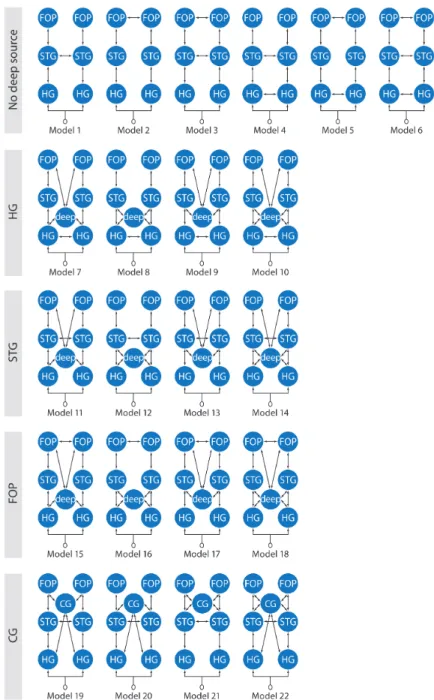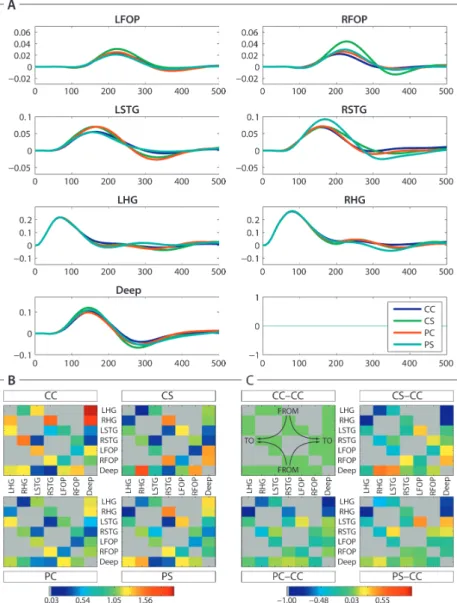Dynamic causal modeling of subcortical connectivity of language.: DCM of a language network
Texte intégral
Figure



Documents relatifs
In accordance with decision FCTC/COP4(11), and in order to comply with the requirement in Article 33.3 of the WHO Framework Convention on Tobacco Control that the text of a
With the syntax for Visual Language Plans the Metafora learnflow engine can generate feedback messages sup- porting the students in modeling their Visual Language Plan and with
Lower Yangtze rice was moreover considerably more advanced on the path to domestication than early Taiwan rice: tiny Formosan rice grains are better compared to early northern
The motivation of our work is to connect the in- dustrial automation design standard IEC 1131 with the synchronous formal model, technology and tools The method followed is based on
The global dimensions were originally introduced by Renyi 3 and rediscovered by Hentschel and Procaccia in their seminal paper; 4 they are a generalization of the usual
We present Gene Regulation Language (GReg), our first attempt to build a framework for mod- eling and analyzing biological systems based on formal modeling and reasoning..
Under the name of monotonic reliability methods (MRM), de Roc- quigny [13] proposed a class of algorithms contouring the limit state surface and enclosing p between deterministic
A Neural Network (NN) model based on Long Short Term Memory (LSTM) [13] units could be able to evaluate both syntactical and lexical aspects of complexity, learning the features